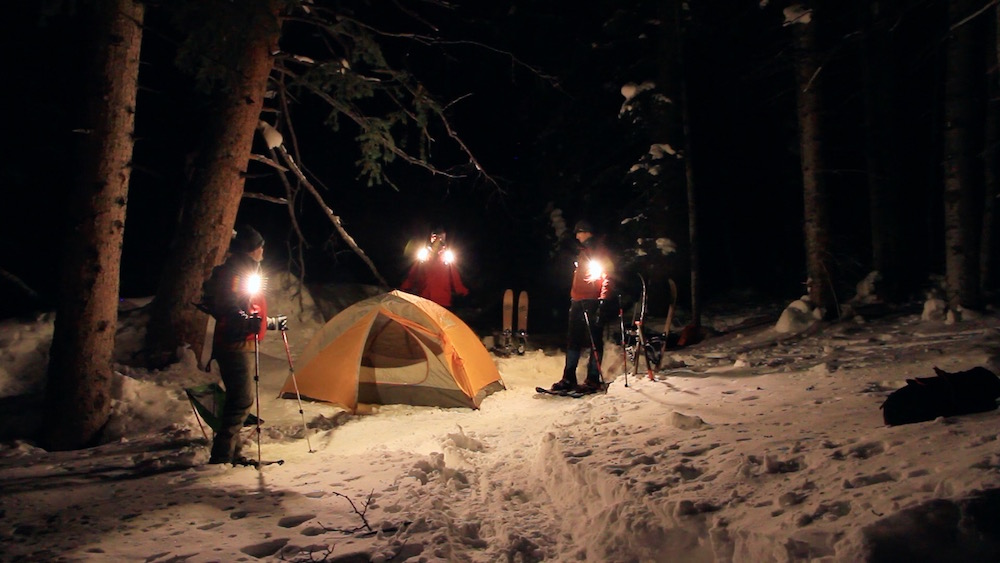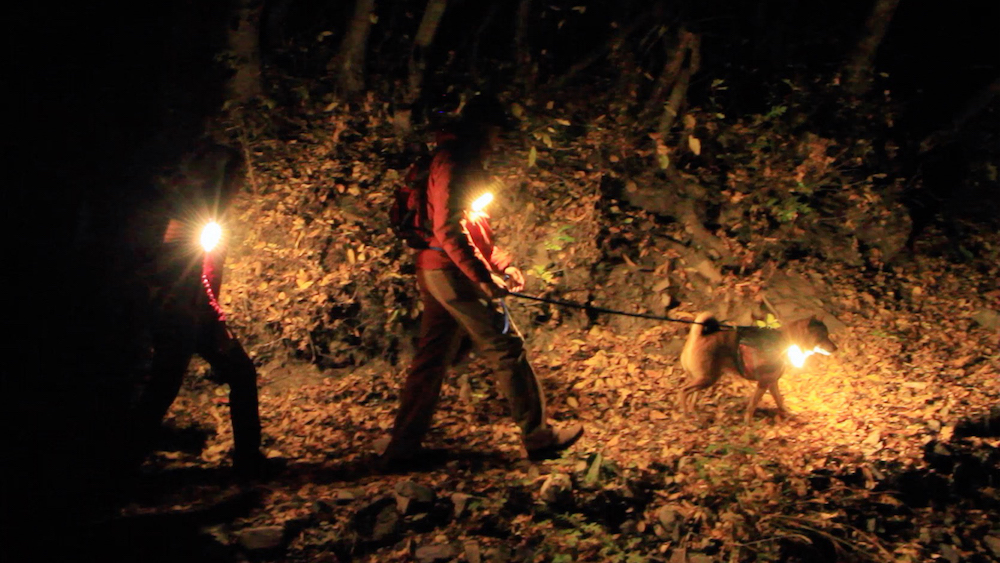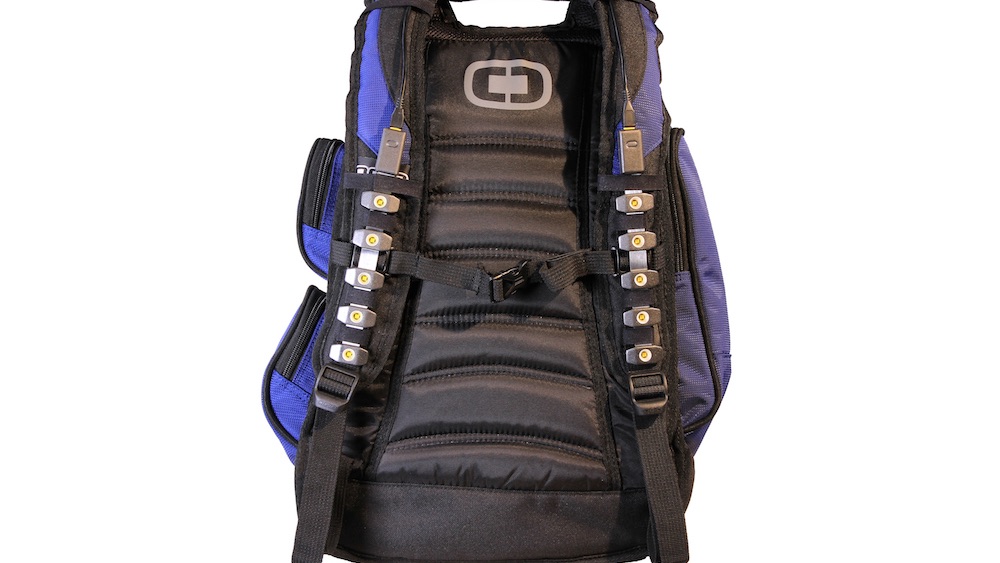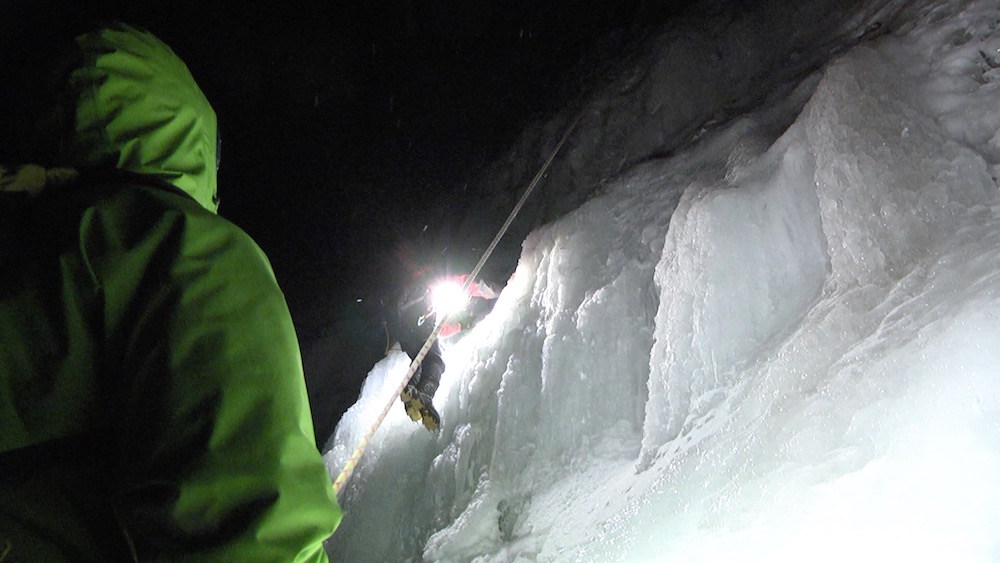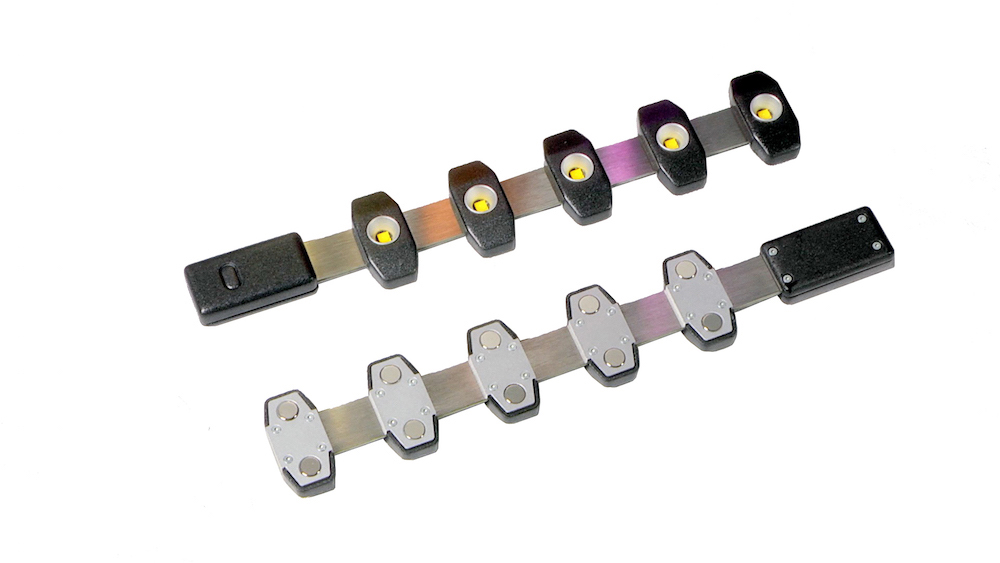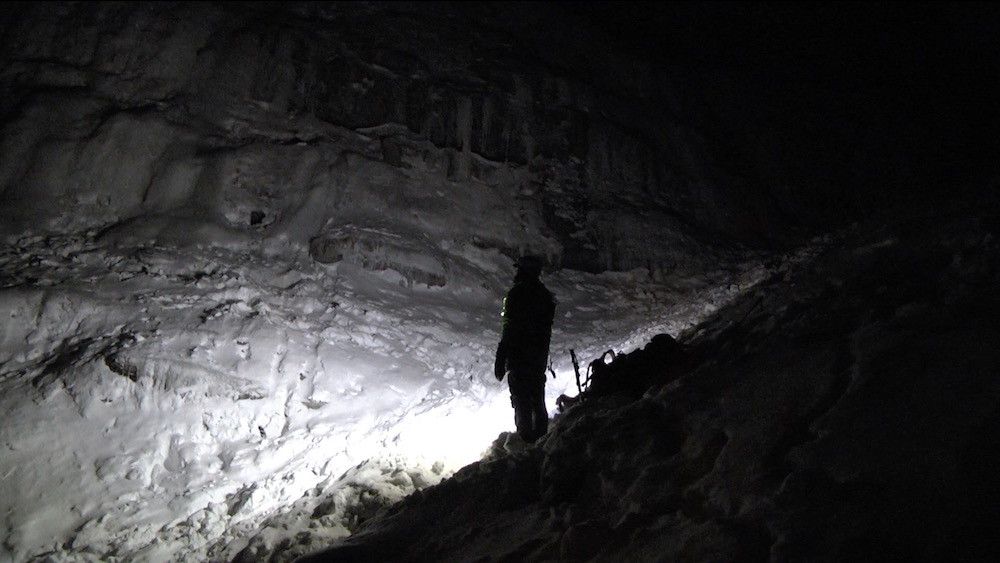Each Ra light strip features five premium Cree LEDs, which are high efficiency bulbs that make the most of any available battery power. Different settings on the LEDs allow for 50-800 lumens of light output, which is about five times brighter than an average headlamp according to Zyntony. Those light beam settings allow for adjustable light spread and throw in different situations, focusing on the needs of an outdoor adventure seeker who needs more than the average flashlight or headlamp capabilities.
Each Ra is equipped with ten powerful rare-earth magnets that let it attach to any ferrous object (that would be any metal with iron in it, like the hood of a car for example). Another attachment option is the MagBak magnetic backer strip that makes it easy to attach Ra to clothing or pretty much any non-metallic object. Finally, the optional D-ring strap also turns Ra into an adaptable accessory for most outdoors equipment, like backpack straps or tent attachments.
Since Ra can charge in any micro USB port, Zyntony also offers a range of high capacity battery packs as an add-on option. These “BatPaks” are available in four different sizes and capacities, so Ra users will be able to pick the power solution that works best for their nighttime lighting needs.
With more than three weeks left in the Ra Kickstarter campaign, Zyntony has raised more than ten times their original funding goal of $15,000. Backers who pledge $58 or more can get an early bird single pack that includes one ZyntonyRa and a compatible BatPak I. As usual, higher donations will earn backers perks like extra Ra lighting units, more powerful BatPaks, and more. If all goes according to plan, backers can expect to start receiving Ra units and other perks in June of this year.
